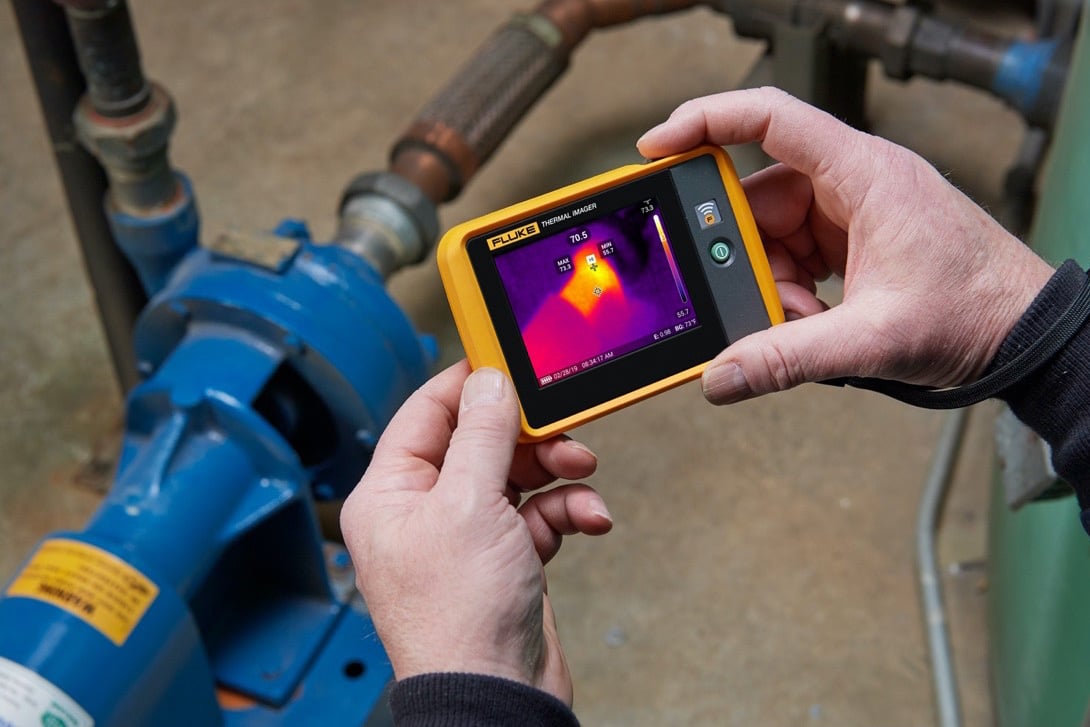Comprehensive Guide to Water Leak Detection for Property Owners and Services
Comprehensive Guide to Water Leak Detection for Property Owners and Services
Blog Article
Cutting-edge Solutions for Early Detection of Water Leaks in Buildings and Facilities
From cutting-edge leak detection technologies to the implementation of IoT sensing units for real-time tracking, the landscape of leak prevention is evolving swiftly. Automated water circulation evaluation systems are reshaping just how leakages are determined and attended to, leading the way for an aggressive approach to water leakage detection.
Advanced Leak Detection Technologies
Advanced leak detection modern technologies, equipped with sophisticated sensors and formulas, play a critical duty in quickly identifying and pinpointing water leaks in various setups. Electromagnetic sensors can identify changes in electromagnetic areas triggered by water, offering yet an additional layer of leakage discovery ability.

IoT Sensors for Real-Time Tracking
In the realm of contemporary water leakage detection, the combination of IoT sensors for real-time surveillance stands for a pivotal advancement in boosting aggressive leakage discovery capabilities. These sensors supply constant monitoring of water systems, giving real-time data on water circulation prices, stress variants, and temperature level adjustments. By leveraging IoT modern technology, these sensors can find also the smallest anomalies in water use patterns, enabling very early identification of possible leakages prior to they escalate right into significant problems.
IoT sensors transfer data to a centralized platform, where advanced formulas analyze the info and produce signals or notices when irregularities are spotted. This real-time tracking capability allows residential property proprietors or center supervisors to promptly deal with leakages, decreasing water damages, lowering repair expenses, and preserving water sources.
Additionally, IoT sensing units can be integrated with structure monitoring systems, enabling automated responses to discovered leakages, such as turning off water valves or triggering pumps to mitigate the influence of leakages. Generally, the implementation of IoT sensors for real-time tracking significantly boosts the performance and performance of water leakage detection in buildings and facilities.
Artificial Intelligence Algorithms for Leakage Forecast

One trick benefit of making use of artificial intelligence for leak forecast is its ability to continually find out and enhance its precision with time. As even more information is gathered and fed right into the formula, it can refine its predictions and adjust to transforming conditions, inevitably raising the reliability of leak detection systems.
Furthermore, equipment understanding formulas can help in determining refined indicators of leaks that may go unnoticed by typical tracking techniques. water leak detection. By analyzing intricate site here data collections in real-time, these algorithms can offer very early cautions and alerts, enabling prompt treatment and precautionary upkeep to reduce prospective water damages and linked prices
Using Thermal Imaging for Leak Detection
Thermal imaging technology supplies an encouraging technique for identifying water leakages in various systems and infrastructures. By using infrared radiation and temperature differences, thermal imaging cameras can recognize surprise leaks visit the site that are not quickly noticeable to the naked eye. When water escapes from pipes or structures, it usually transforms the temperature of the bordering area, creating temperature differentials that thermal electronic cameras can capture. These temperature abnormalities are after that converted into visible pictures, highlighting the specific place of the leakage.
One of the key advantages of thermal imaging for leakage discovery is its non-intrusive nature. Unlike typical techniques that may need burglarizing walls or floors to situate leaks, thermal imaging permits for non-destructive screening. This not just conserves time and minimizes expenses however also lessens disruption to the building or framework being analyzed. In addition, thermal imaging can promptly check big areas, providing a comprehensive review of possible leak sources in a prompt way. In general, making use of thermal imaging technology boosts the performance and accuracy of water leak discovery, making it a useful tool for keeping the stability of buildings and frameworks.
Automated Water Flow Evaluation Solutions
How can computerized water circulation analysis systems change the detection and management of leaks in numerous systems and facilities? Automated water circulation analysis systems supply a positive approach to leakage detection by continually checking water flow prices and patterns. By establishing standard data, these systems can promptly determine deviations that may show a leak, making it possible for prompt treatment to avoid extensive damages.
These systems make use of sophisticated algorithms to examine real-time information and offer prompt notifies when abnormalities are discovered, enabling quick action to be taken. Furthermore, computerized water flow analysis systems can be incorporated with structure management systems or IoT platforms, improving general performance and enabling remote tracking capacities.
Additionally, the data gathered by these systems can be utilized for anticipating upkeep functions, assisting to determine prospective weak factors in the framework prior to leakages happen. Generally, the application of automated water circulation analysis systems can go to this website significantly improve leak detection and management practices, ultimately leading to set you back financial savings, minimized water waste, and increased sustainability in structures and framework.

Conclusion
Finally, the combination of sophisticated leakage discovery modern technologies, IoT sensing units, artificial intelligence algorithms, thermal imaging, and automated water flow analysis systems offers cutting-edge services for early detection of water leaks in buildings and infrastructure. These technologies enable real-time monitoring, forecast of leakages, and reliable discovery techniques to stop water damage and waste. Executing these services can help in maintaining the honesty and sustainability of water supply in different settings.
Report this page